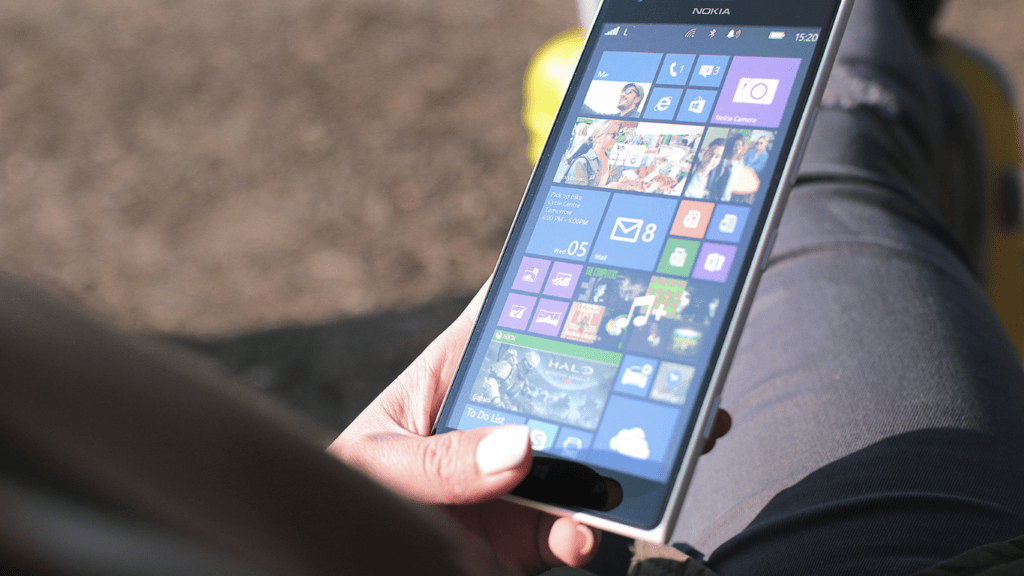Early Days of Social Media
First Platforms to Emerge
In the early days of social media, platforms like:
- SixDegrees.com
- Friendster
laid the foundation.
SixDegrees.com, launched in 1997, allowed users to create profiles, list friends, and browse others’ friend lists.
Friendster, introduced in 2002, focused on connecting real-world friends and fostering social connections.
Both faced scalability issues and struggled to retain user engagement, paving the way for more robust platforms.
Key Features and User Engagement
Early social media platforms incorporated key features that set the stage for future developments.
Profile creation was central, enabling users to curate personal information.
Networking features allowed the addition of friends and acquaintances, fostering initial social interaction online.
Message boards and private messaging offered communication channels, while photo uploading added a visual element.
Despite technological limitations, these features captivated users, igniting a shift towards digital socialization.
Trends That Shaped the Growth of Social Media
Rise of Mobile Connectivity
The rise of mobile connectivity has significantly impacted social media growth.
Smartphones saw rapid adoption worldwide, with 6.4 billion in use by 2021 (Statista). Mobile connectivity allowed users to access social media anytime, anywhere.
This ubiquitous access led platforms to focus on mobile-first designs, enhancing user experience on smaller screens.
For instance:
- Instagram,
- Snapchat
- TikTok
flourished due to their mobile-centric interfaces, offering seamless scrolling, tap interactions, and quick content uploads.
Push notifications kept users engaged in real-time, increasing daily active user metrics.
As mobile internet speeds improved, features like live streaming and video calls became standard, driving engagement further.
Shift Towards Visual Content
Visual content’s dominance reshaped social media strategies.
Platforms initially text-heavy, like Facebook and Twitter, integrated more images and videos to stay relevant.
- Image-based networks, such as Instagram, emerged as frontrunners, emphasizing photo-sharing and filters.
- Video content saw similar trends, with YouTube leading and other platforms following suit. Short-form videos on TikTok gained popularity due to ease of consumption and shareability.
- Visual storytelling became key for brands and influencers to capture audience attention.
Enhanced features like Stories, Reels, and AR filters allowed deeper engagement and creative expression.
High-quality visuals and user-generated content attracted more interaction, setting a new standard in content creation and consumption.
Impact of Social Media on Society

Cultural Influence
Social media has significantly altered cultural norms and practices.
Platforms like Instagram and TikTok shape trends and fashions by rapidly spreading new ideas and aesthetics.
Influencers, who amass large followings, impact consumer behavior and preferences in areas like fashion, beauty, and lifestyle.
Moreover, social media democratizes content creation.
Anyone can share their perspectives, creativity, and experiences, breaking down traditional barriers to media production.
This leads to greater diversity in content and more representation of different cultures, lifestyles, and viewpoints.
Social media also fosters global interconnectedness.
Users interact with and learn from others worldwide, leading to cross-cultural exchanges and increased awareness of global issues.
Movements like BlackLivesMatter and MeToo gained global traction through social media, demonstrating its power in driving social change and promoting collective activism.
Changes in Communication
Social media has transformed how we communicate, making interactions faster and more convenient.
- Messaging apps, comment sections, and live streaming allow for real-time communication, bridging geographical distances and fostering instant connectivity.
- The shareable nature of social media content encourages more visual and multimedia communication.
- Emojis, GIFs, and memes have become part of everyday language, adding layers of meaning and emotion to digital conversations.
- Short-form videos on platforms like TikTok convey messages quickly and engagingly, aligning with users’ reduced attention spans.
Social media also enables personalized communication. Algorithms curate content based on user preferences, showing more relevant information and enhancing the user experience.
This personalization extends to targeted advertising, which tailors promotional content to individual interests and behaviors.
Furthermore, social media has created new channels for customer service and business communication.
Companies engage directly with customers through platforms like Twitter and Facebook, offering timely support and enhancing customer satisfaction.
Predictions for the Future of Social Media
Integrating Artificial Intelligence
Artificial Intelligence (AI) will play a transformative role in social media.
Algorithms tailored to user preferences will improve content curation, enhancing user engagement. AI-driven chatbots will provide instant customer support and streamline interactions.
Predictive analytics will offer personalized user experiences, recommending content based on past behaviors. Additionally, tools like an AI text-to-image generator will empower users and brands to create visually engaging content effortlessly, further enhancing the creative dynamics of social media.
Fraud detection systems will safeguard profiles from malicious activities through AI pattern recognition.
Sentiment analysis tools will assist brands in understanding public perception and refining their communication strategies.
AI’s integration will elevate user satisfaction, security, and engagement across social platforms.
Emphasis On Privacy And Security
Privacy and security will become paramount in social media’s future.
Stricter regulations will emerge to protect user data, addressing increasing concerns over data breaches.
Social platforms will implement advanced encryption and privacy settings, giving users greater control over their personal information.
Features like two-factor authentication will become standard, enhancing account security.
Decentralized networks might gain popularity, aiming to provide users with transparent data management.
Companies will invest heavily in cybersecurity measures to build trust and ensure platform integrity.
Enhanced privacy options will balance user experience and security, attracting more users to safe digital environments.

